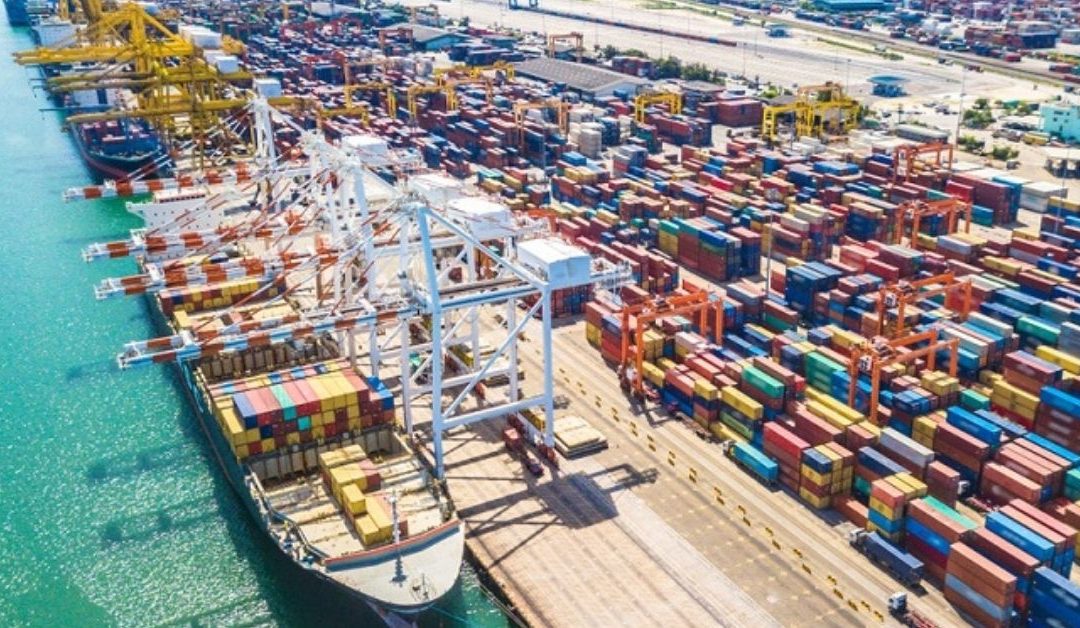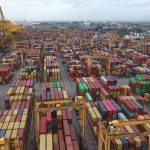US West Coast ports reported sliding throughput figures for August as tepid demand for ex-Asian cargoes pressured the market, while US East Coast volumes registered increases on shifting demand patterns.
The Port of Long Beach had its second-busiest August, after shaving just 0.1% from August 2021, the port’s busiest month in history.
The port, which has broken monthly cargo records in six out of the past eight months, moved 806,940 twenty-foot equivalent units in August.
Imports slid by 5.6% to 384,530 TEUs and exports increased 1.6% to 121,408 TEUs. The decrease in imports and increase in empty containers alludes to a downward shift in consumer demand, with consumer spending remaining static in August.
“We’re making great strides in reducing the number of ships queuing to enter the San Pedro Bay ports complex and quickly moving imports and empty containers out of the terminals,” said Port of Long Beach Executive Director Mario Cordero.
At the same time empty containers in Long Beach increased by 7.2% to 301,001 TEUs, continuing a trend seen throughout the year as carriers favor empty repositions over US export loadings.
The Port of Long Beach has moved 6,600,560 TEUs since the start of the year, up 4% against the same period last year.
Los Angeles volumes tumble
The Port of Los Angeles said Sept. 16 it handled 805,672 TEUs in August, a 15% drop from the same month a year ago.
“Some goods that usually arrive in August the for the fall and winter season shipped earlier to make sure they reached their destination in time,” port Executive Director Gene Seroka said in a briefing. “Inflationary concerns and elevated inventory levels have made some retailers and e-commerce sellers more cautious.
Seroka also acknowledged a cargo shift from Los Angeles to Long Beach, expressing that rerouted cargo flows will likely be short lived as congestion at the Port of Los Angeles has been on the downtrend.
Conversely, the port’s total year-to-date cargo volume is 1.6% less than the same period last year, with 7.2 million TEU handled in the eight months through August.
August TEU cargo volume was 9% below the port’s five-year monthly average, and Port of Los Angeles officials projected lighter numbers in September compared to 2021. And despite a decrease in year-to-date volume for the port, officials said they still expect for 2022 to be the port’s busiest year yet.
Platts Container Rate 13 – North Asia-to-West Coast North America – lost 19% during the week ended September 16 and was assessed at $3,400/FEU. This is down 53% from the start of the quarter, and the lowest value since August of 2020.
Atlantic volumes firm
Elsewhere on the US East Coast, volumes have been bolstered after cargo owners started to reroute their shipments away from previously congested US Pacific Coast gateways.
The Port of Savannah said Sept. 13 it had its busiest month ever in August, handling over 575,000 TEU, up 18.5% from last year.
Still, the port had over 40 ships at anchor adrift waiting for berth on Sept. 16 according to Platts cFlow ship and commodity tracking software from S&P Global Commodity Insights.
“The number of vessels at anchor will dwindle over the next six weeks,” said GPA Executive Director Griff Lynch.
Atlantic Coast import volume in the second half of 2022 is forecast to decrease by 1% against the year, with 6.29 million TEU imports, according to the Global Port Tracker published by Hackett Associates. At the same time, West Coast imports are set to drop 3.9%, albeit while handling 7.11 million TEU.
“Our forecast going into 2023 predicts further declines in imports in the first half of the year,” the report said.
Source: Hellenic Shipping News






